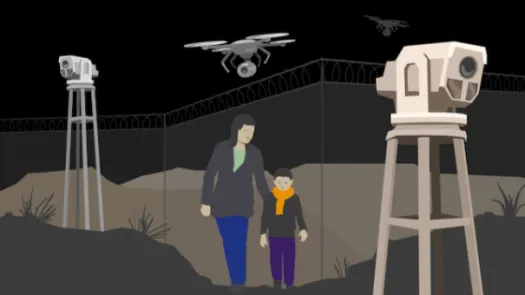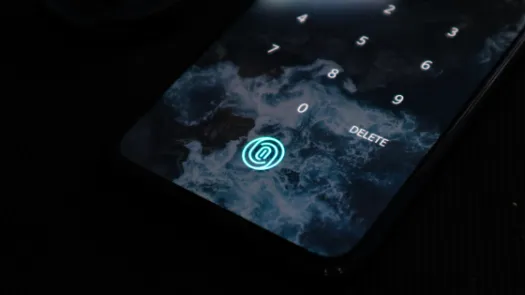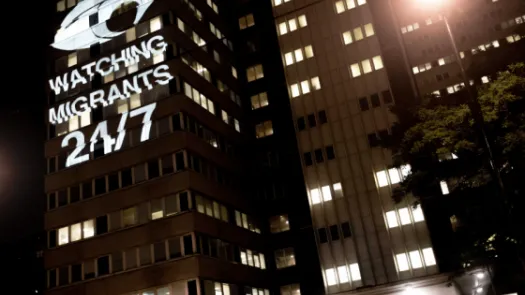Communities at risk: How encroaching surveillance is putting a squeeze on activists

Protest movements throughout history have helped to shape the world we know today. From the suffragettes to the civil rights movement, and to contemporary movements such as those focusing on LGBTIQ+ rights, protests have become a vital way for many, who feel powerless otherwise, to have their voices heard.
But now, making the decision to attend a protest comes with consequences that you may very well be unaware of. This is because policing and security services, always hungry in their quest to obtain more data about us, are using advanced and invasive techniques to learn more about our lives. A whole range of technologies, including facial recognition and IMSI catchers, can be used to spy on protesters
And they are targeting us in places we wouldn’t normally expect – our social media usage, habits, and interactions. Through SOCMINT, companies and governments monitor and collect everything from the content we share, to the messages we send, to the people we’re connected to.
This massive amount of data can then be analysed to generate profiles, make predictions about users, and to populate databases and watchlists. When you pair this growing surveillance of our online lives with the already considerable offline surveillance that we face on a daily basis, the effects on our privacy and freedom are chilling.
Who knew that liking someone’s tweet could be so dangerous?
‘Dissenters’ now have to be on guard
The threat posed by increased police surveillance of activists is real and growing. In the UK in 2017, it was alleged that Scotland Yard used hackers to illegally access the private emails of hundreds of political campaigners and journalists.
That same year, it was revealed that the FBI and US Department of Homeland Security had been monitoring Black Lives Matters protests, judging them to be a potential threat. One year later, police in Massachusetts accidentally exposed their monitoring of several left-wing groups, including a Facebook group for Mass Action Against Police Brutality. Also in 2018, the FBI again came under fire for keeping records on peaceful climate change activists.
Their use of SOCMINT is also on the rise. In 2015, it was revealed that security staff at a mall in the US had used a fake Facebook account to friend and monitor local Black Lives Matter activists. The Facebook information was used by the mall's security team to build dossiers on each activist.
UK police reportedly use SOCMINT to monitor protests and social media activity, and reports even suggested that one police unit was scanning the public's tweets, YouTube videos, Facebook profiles, and anything else UK citizens post in the public online sphere.
Just the beginning
We should all be concerned by the growing use of SOCMINT and surveillance techniques. These technologies are now being deployed across a range of sectors.
Predictive policing programmes are using data from social media networks to identify future criminals. Political institutions are monitoring social media to understand (and control) public moods. In some cases, social media data is even being used to make key decisions about an individual, such as if they are creditworthy.
The surveillance of our lives has become more widespread. This has serious consequences for the way we live both online and offline, as our interactions are swept up and analysed by governments, law enforcement, and companies.
Unless strong and auditable rules are developed around the use of SOCMINT, we will gradually lose our ability to organise and protest, free from the overly watchful eye of our adversaries.
We found the photo here.



